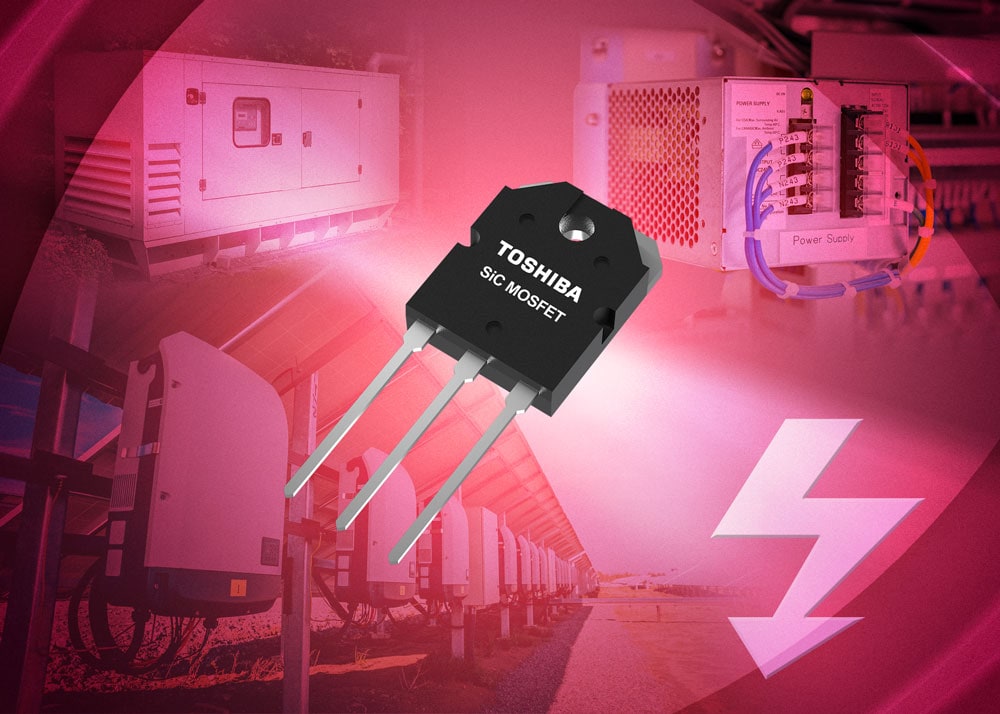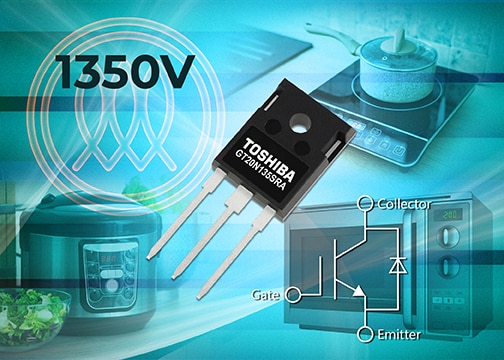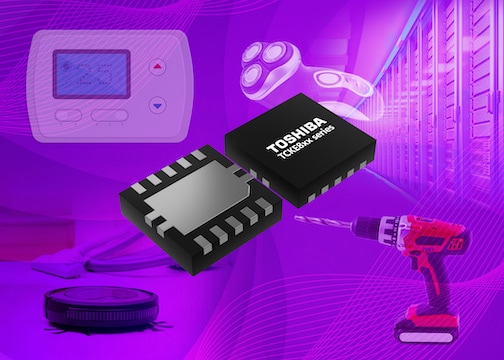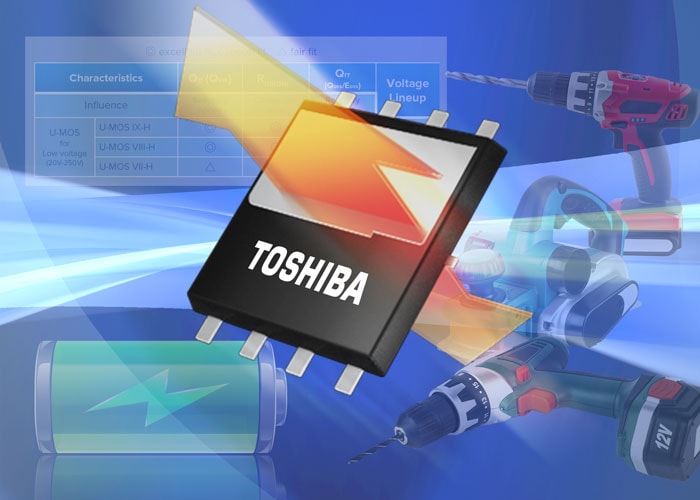- General Top
- SEMICONDUCTOR
- STORAGE
- COMPANY
-
My ToshibaSemicon
- Semiconductor Top
-
ApplicationsAutomotive
Body Electronics
xEV
In-Vehicle Infotainment
Advanced Driver-Assistance Systems (ADAS)
Chassis
IndustrialInfrastructure
BEMS/HEMS
Factory Automation
Commercial Equipment
Consumer/PersonalIoT Equipment
Healthcare
Wearable Device
Mobile
Computer Peripherals
-
ProductsAutomotive Devices
Discrete Semiconductor
Diodes
Transistors
Logic ICs
Analog Devices
Digital Devices
Wireless Devices
※
: Products list (parametric search)
Power SemiconductorsSiC Power Devices
※
: Products list (parametric search)
Isolators/Solid State RelaysPhotocouplers
Digital Isolators
Solid State Relays
Fiber Optic Transmitting Modules
※
: Products list (parametric search)
MOSFETsIGBTs/IEGTsBipolar Transistors※
: Products list (parametric search)
Diodes※
: Products list (parametric search)
MicrocontrollersMotor Driver ICsIntelligent Power ICs※
: Products list (parametric search)
Power Management ICsLinear ICs※
: Products list (parametric search)
General Purpose Logic ICsLinear Image SensorsOther Product ICsOther Product ICs
※
: Products list (parametric search)
-
Design & Development
Design & Development
Innovation Centre
At the Toshiba Innovation Centre we constantly strive to inspire you with our technologies and solutions. Discover how to place us at the heart of your innovations.
-
Knowledge
Knowledge
Highlighted Topics
Further Materials
Other
- Where To Buy
- Part Number & Keyword Search
- Cross Reference Search
- Parametric Search
- Stock Check & Purchase
This webpage doesn't work with Internet Explorer. Please use the latest version of Google Chrome, Microsoft Edge, Mozilla Firefox or Safari.
require 3 characters or more. Search for multiple part numbers fromhere.
The information presented in this cross reference is based on TOSHIBA's selection criteria and should be treated as a suggestion only. Please carefully review the latest versions of all relevant information on the TOSHIBA products, including without limitation data sheets and validate all operating parameters of the TOSHIBA products to ensure that the suggested TOSHIBA products are truly compatible with your design and application.Please note that this cross reference is based on TOSHIBA's estimate of compatibility with other manufacturers' products, based on other manufacturers' published data, at the time the data was collected.TOSHIBA is not responsible for any incorrect or incomplete information. Information is subject to change at any time without notice.
require 3 characters or more.
Game-Changing SiC-Based Reference Design for EV Charging

Electric vehicles (EVs) are now a major focus for power electronics endeavour, with a large proportion of engineers involved in finding ways to improve their performance and extend their range. Alongside this, there is a great deal of activity in respect to developing next generation charging infrastructure to support these vehicles. To address the need for additional engineering assistance in EV charging system development, Toshiba has introduced the RD044-DGUIDE-01 reference design.
This 3-phase 400VAC reference design is well suited to the demands of EV charging infrastructure implementations. It leverages the latest innovations in wide bandgap power discretes. Requiring the allocation of only minimal engineering resources, it enables advanced charging station designs (with elevated conversion efficiencies) to be undertaken.
Key to the reference design’s high conversion efficiency figures is the switching technology that it relies on. Though IGBTs are generally used in high-voltage switching applications, they have inherent losses associated with them - which substantially impact upon the efficiency levels that can be attained. Furthermore, the switching speeds that they will reach are not that high. This, once again, has efficiency implications. By using a silicon-carbide (SiC) MOSFET instead - namely a Toshiba TW070J120B N-channel device - the high-voltage operation required can still be supported by the RD044-DGUIDE-01, but without the relatively heavy switching losses that an IGBT-based approach would lead to. With a 1200V-rated withstand voltage and an operational temperature range going all the way to 175°C, the TW070J120B is robust enough to deal with harsh automotive environments. This SiC MOSFET has a 70mΩ on-resistance, which lowers the conduction losses witnessed considerably. It can deliver conversion efficiencies of 97% and supports 50kHz switching frequencies. Using this device has other notable benefits. It allows for a downsizing in the accompanying passive components, thereby saving board space and reducing overall costs.
Though EV uptake is still relatively low, the greater prevalence of charging points will help to encourage more drivers to swap from internal combustion engine cars to their more environmentally friendly counterparts. The charging technology could have a role to play in incentivising this change over too. One possible use case that could make the purchasing of EVs more attractive is the potential for their batteries to be used as a means for the owner to generate revenue. Through bi-directional charging, electricity storage reserves connected to the mains supply could be used to help with load balancing during periods of high demand. This is something that will become increasingly important to electricity distribution as society becomes more reliant on renewable energy sources, which are by definition more prone to fluctuations.
Toshiba’s RD044-DGUIDE-01 reference design is described in the following free to download white paper






